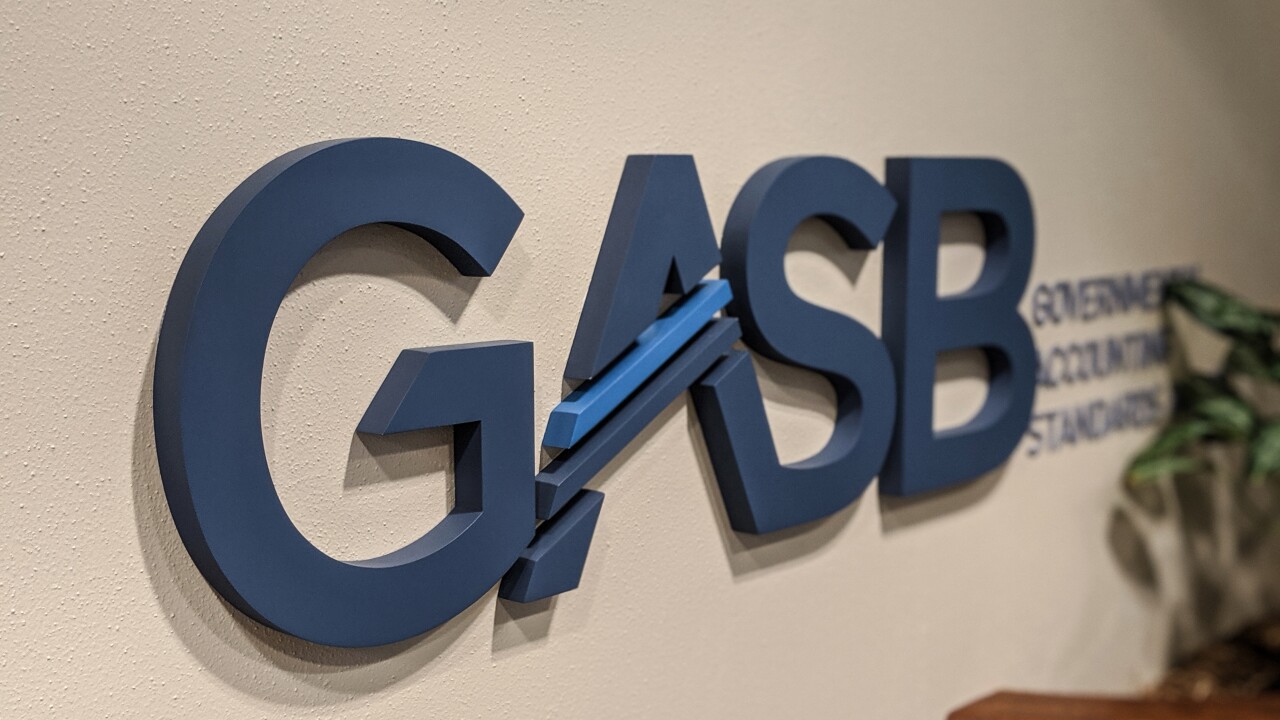
DALLAS — The House has overwhelmingly passed a water infrastructure bill that provides $12.3 billion for 34 port, inland waterway, and flood control projects.
The Water Resources Reform and Development Act, HR 3080, was approved Tuesday by a vote of 412-4. All four "no" votes were cast by Republican lawmakers.
The measure — a compromise negotiated by a conference committee from differing versions passed by the House and Senate in 2013 — is expected to be approved by the Senate this week. It would be the first water infrastructure funding bill approved by Congress since 2007.
The Congressional Budget Office said the bill authorizes $5.9 billion in spending through fiscal 2019 and another $6.9 billion from 2020 through 2024 "with additional spending continuing for many years after 2024."
It increases total federal funding of eight projects already under way in addition to the 34 new projects.
Rep. Bill Shuster, R-Pa., chairman of the House Transportation and Infrastructure Committee that wrote the original House water bill, said the conference measure accelerates project delivery by cutting red tape, and takes $18 billion of unnecessary, outdated projects off the table.
Shuster said the WRRDA is "the most policy and reform-focused measure of its kind in decades, and the most fiscal water resources bill in history."
Sen. David Vitter, R-La., the chief Senate Republican conferee, said the overwhelming approval in the House signals smooth passage for the measure in the Senate.
"It's easily one of the most important bills we'll pass this year, and we're finally on the home stretch," Vitter said after House vote.
The bill includes the Water Infrastructure and Innovative Finance Act, a low-cost credit program for water projects modeled upon the popular Transportation Infrastructure Finance and Innovation Act for road and transit projects.
Funding for the credit assistance program totals $350 million over five years. WIFIA can provide up to 49% of the funding for dams, levees, and drinking and clean water projects, but the remaining funding cannot come from tax-exempt bonds.





